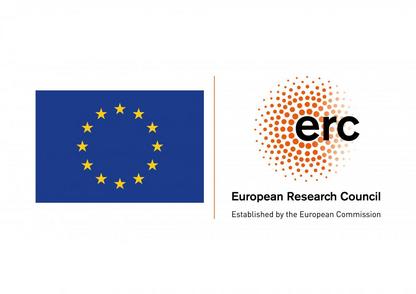
NEOSEA
Short description
The NEOSEA project will investigate Neolithic seafaring and the maritime technologies that shaped a new interconnected world of megalithic societies.
More about NEOSEA
In Europe, most of the approximately 35,000 still remaining megaliths ((derived from the Old Greek μέγας (mégas) big and λίϑος (líthos) stone), including megalithic graves and standing stones, were constructed between 4500-2500 cal BC. Recent research into megalithic mobility and symbols suggest that the rise of long-distance sea journeys began in Europe as early as the megalithic era. Megaliths emerged in Northwest France and then spread over the seaways along Europe’s Atlantic and Mediterranean coasts.
This new discovery leads to NEOSEA’s core hypothesis that maritime journeys and new skills in shipbuilding and navigation arose in Europe much earlier than, as previously thought, in the Bronze Age.
Specific goals of the NEOSEA project are:
- to determine prehistoric maritime linkages and migrations;
- to define the emergence of monumental stone architecture within hunter-gatherer societies in Brittany;
- to model the spread of megaliths in Europe with pioneering chronological precision (within 20-50y);
- to synthesize a model of the social and economic organization of megalithic seafaring communities; and
- to interpret these findings within a comparative global ethnographic framework.
To achieve these goals, I will compile available human bone samples from early megalithic contexts across Europe for radiocarbon dates, using: (1) ancient DNA (aDNA) and strontium/oxygen isotope analyses and (2) the novel extraction of environmental DNA (eDNA) from sediments at the earliest megalithic sites in Northwest France lacking bone preservation.
The application of Bayesian statistical modelling on eDNA, aDNA and strontium/oxygen analysis coupled with a large database of radiocarbon dates will produce the first closely detailed sequence for the rise of seafaring megalithic societies and their spread across Europe.




